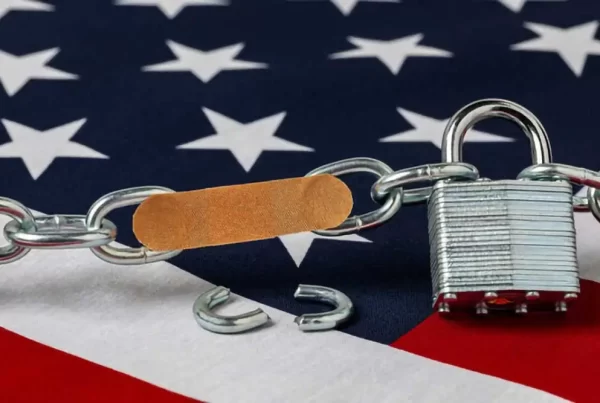Much has been made recently of the increased ICE enforcement activity against employers. The majority of this enforcement activity is directed towards the Form I-9 and whether or not employers have either properly completed the Form, or have somehow knowingly hired individuals who are not authorized to work.
In support of this enforcement activity, in May 2010, ICE released the “ICE Guide to Administrative Form I-9 Inspections and Civil Monetary Penalties.” That agency field manual provides insight into the administrative procedures and penalty scheme for administrative inspections for the agency’s special agents and forensic auditors. This “fine guideline” only briefly discusses the remedial impact of “auditing” a company’s Forms I-9 PRIOR to ICE serving a Notice of Inspection on the company.
There have been countless seminars over the last several years talking about the need for Human Resource (HR) professionals to “audit” their own Forms I-9, and even describing how this auditing should be done. Here is the bad news–companies that audit their own Forms I-9 are not significantly reducing the potential fines and in many situations may actually make matters worse, because much of this audit work perpetuates previous errors made by the same person who is now auditing the forms.
In a recent AILA Seminar on work site enforcement issues, an ICE representative made it quite clear that self-audits typically result in more difficult situations for the employer than if an audit is done by a qualified, experienced, independent auditor, such as an attorney. Examples of massive mistakes made by self-auditing after attending a self-taught “training session” include: redoing all the Forms I-9 and throwing away the originals, separating copies of documents from Forms I-9 and throwing them away, making changes to Forms I-9 without initialing and dating the Forms, and inserting backdated information in Forms I-9 making them appear to be completed timely. Each one of these “mistakes” in auditing has led to massive fines by ICE and even findings of unlawful employment of aliens.
Now, you may be thinking–this could never happen at my organization. We’ve spent countless hours reviewing the proper Form I-9 audit procedure and protocol and have carefully planned our remediation steps. Unfortunately, despite these best intentions, many HR professionals fall into the irresistible trap of trying to “un-do” or gloss over their past mistakes. This behavior is certainly understandable in some respects–internal audits often reveal significant errors, and it’s only natural to want to hide or minimize these mistakes in order to save face and retain one’s job. Unfortunately for the employer, ICE typically regards these Form I-9 cover-ups (no matter how innocent ore misguided) as serious matters which may lead to charges of falsification, perjury, and document tampering. In today’s pro-enforcement Form I-9 regime, employers simply cannot afford to be caught in such a perilous (and avoidable) situation.
Employers must also recognize that auditing Forms I-9 is not just about making corrections and completing new forms. In many instances, employers will first need to decide if they can remediate the error at all, and then plan appropriate corrective measures to satisfy ICE and avoid any potential discriminatory issues. The complicated nature of auditing Forms I-9 was made even more apparent on February 23, 2010, when ICE provided policy guidance concerning the applicability of the Federal Omnibus five-year statute of limitations provision in employer sanctions cases. Therefore, Form I-9 audits require the auditor to make determinations as to the running of the statute of limitations for paperwork violations (from the correction of the I-9’s), timeliness violations (from the second and fourth day of employment) and knowingly hiring or continuing to employ violations (from the termination of the employee). ICE also reiterated its continuing use of the Virtue Memorandum’s interpretation of the 10-day notice paperwork good faith defense.
The bottom line on auditing Forms I-9 is this–much like completing the world’s most complicated one-page form, auditing the Form I-9 is fraught with potential for increasing, rather than decreasing penalties and fines, and best left to those with substantial experience in the field. An organization’s best practice is to complete a yearly audit of the Forms I-9 using an immigration attorney with experience in Form I-9 compliance. Any other type of audit will always leave an organization wondering whether or not the audit done in-house actually left their employer compliance program in worse condition.




